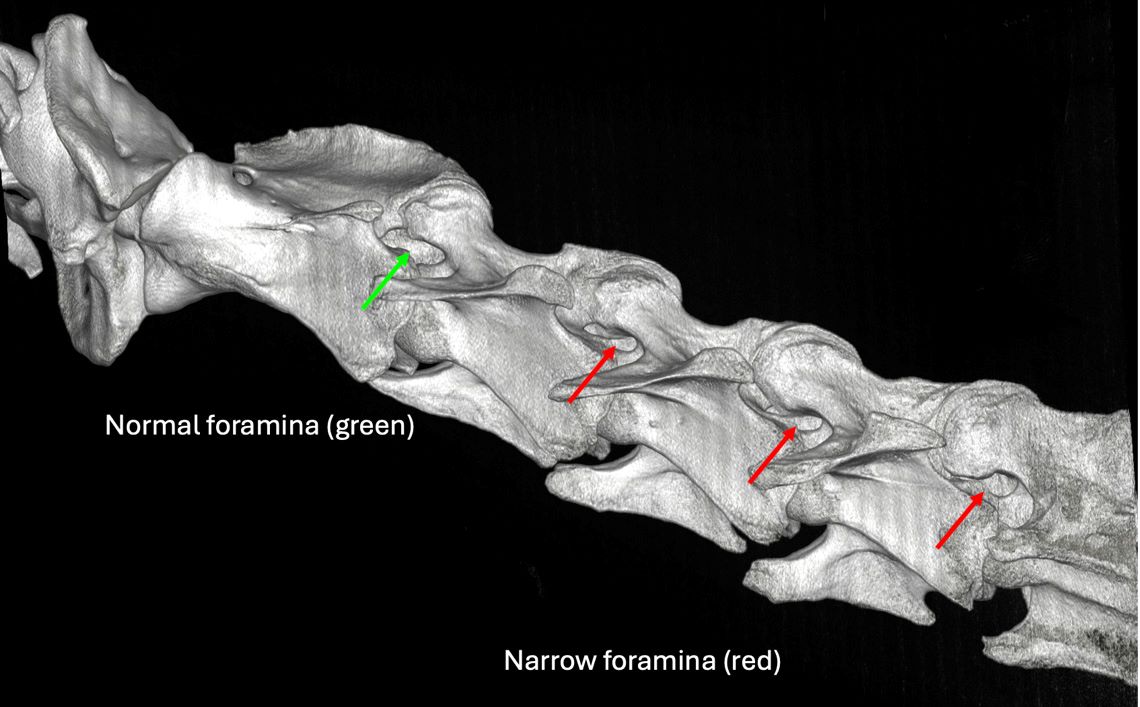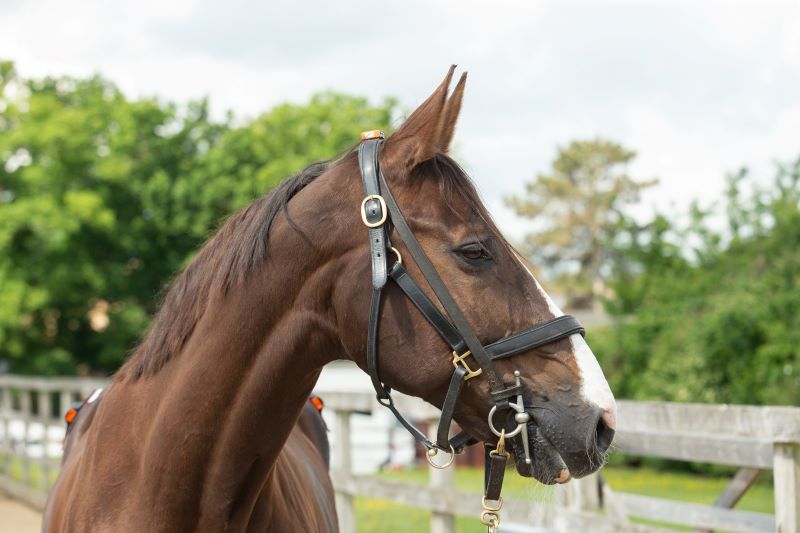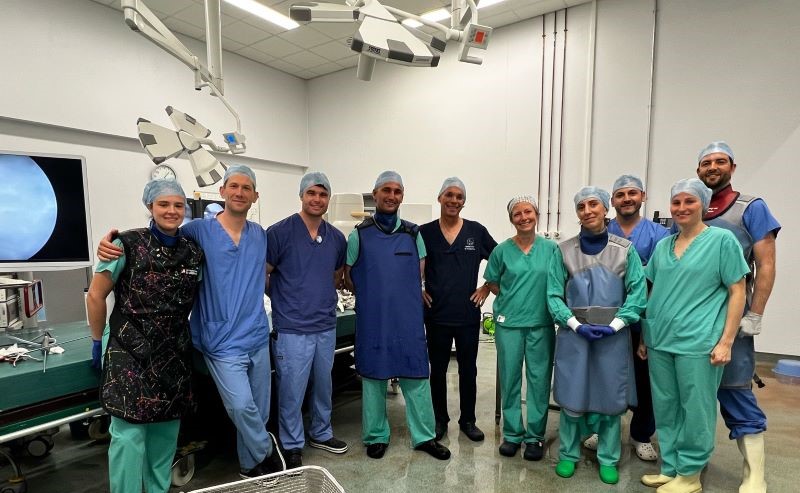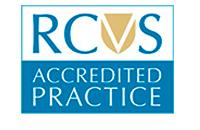24 hour contact: 01707 666297
Equine Foraminotomy
A pioneering treatment for cervical spinal nerve compression is now available here at the RVC’s Equine Referral Hospital (launched 1st August 2025)
Cervical spinal nerve compression can be an extremely debilitating and painful condition for horses – and affected horses have often been euthanised.
This is one of the few centres in Europe offering this advanced surgical procedure (uniportal endoscopic foraminotomy) to treat the condition. Previously only limited options were available to prevent long-term suffering. As it is a minimally invasive procedure, both risk to patients and recovery time are reduced.
This innovative surgery offers new hope for owners with horses suffering from chronic or debilitating neck pain, helping to improve their comfort, mobility, and overall quality of life.
It also offers referring veterinarians a reliable, evidence-based option for managing cervical spinal nerve compression.
Clinical details

The spinal cord runs inside the bony spinal canal that is formed by the adjacent vertebrae. From the central spinal cord, individual spinal nerves arise that travel into the periphery of the body connecting extremities with the central spinal cord and brain. The nerve roots exit the spinal canal via the intervertebral foramen (IVF), an opening on either side between two adjacent vertebrae.
The IVF is unique since its boundaries consist of two movable joints: the ventral (non-synovial) intervertebral joint and the dorsal (synovial) articular process joint (APJ) however, pathological changes to one or both of these joints can result in narrowing of the IVF, causing cervical spinal nerve compression.

Clinical signs
Horses experiencing cervical spinal nerve compression can exhibit the following signs:
- Neck pain and stiffness
- Intermittent or persistent forelimb lameness
- Proprioceptive deficits (i.e. falls and stumbling)
- Poor performance
The patient experience

The surgical team will conduct clinical examinations before identifying suitable surgical candidates, using the recently installed Qalibra computed tomography (CT) machine.
If the patient is suitable for surgery, the minimally invasive procedure is then performed under general anaesthesia. The operation will remove excess bone and relieve nerve compression and create more space within the spinal canal.
They will receive 2-3 days of postoperative care at the hospital before undergoing a six-week rehabilitation programme.
Thank you to our funders
Funding support to enable the novel procedure to be offered to horses came from the RVC’s charity the Animal Care Trust, Betty Phillips Charitable Trust and The Follett Trust.
The grants have also enabled the RVC’s equine surgeons, led by Dr Alex Hawkins, Lecturer in Equine Surgery, to undertake specialist training under the guidance of Jan-Hein Swagemakers, who developed the technique in 2020 in Germany. Dr Swagemakers is the team veterinarian to the German showjumping team.


